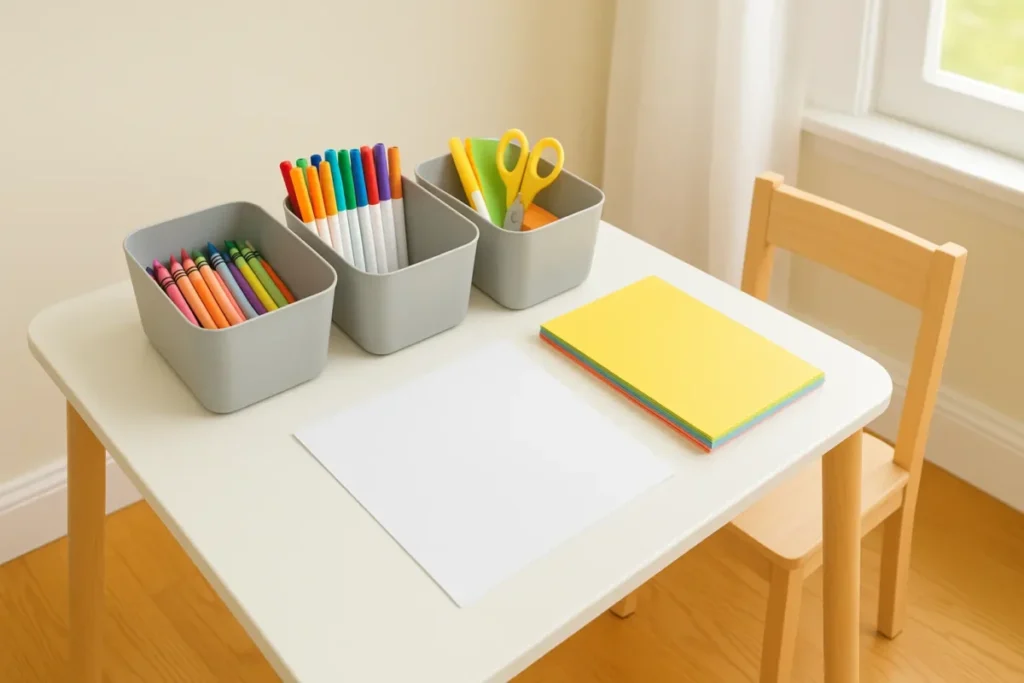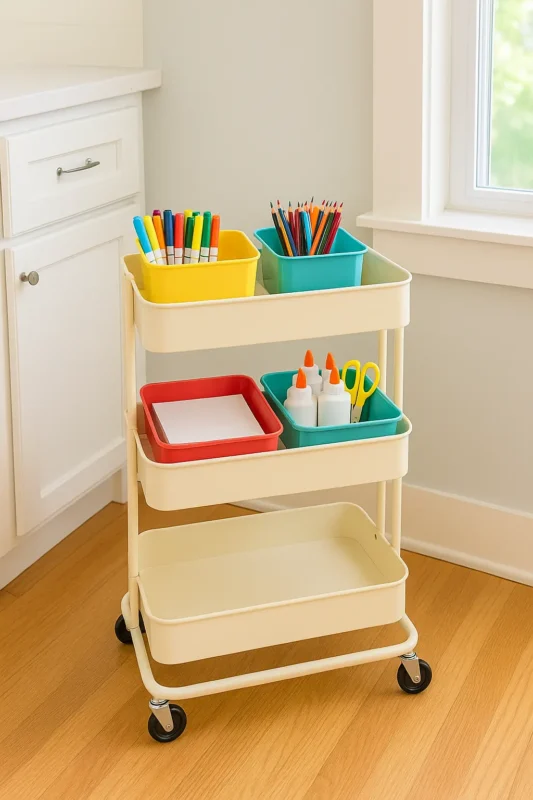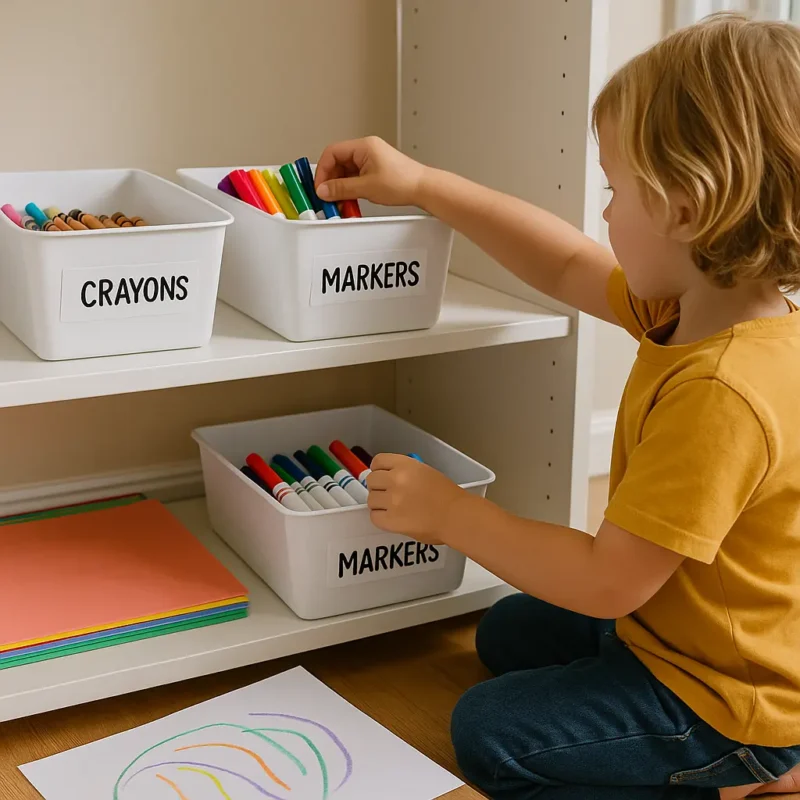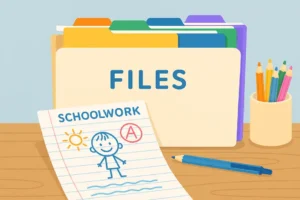How to Build a Basic Art Station at Home
Every child deserves a space where creativity can flourish. Setting up an art station doesn’t require a dedicated studio or fancy supplies. With some planning, you can build a basic art station at home that is organized, inviting, and stocked with essentials kids will actually use. This guide breaks down what you need, where to set it up, and how to keep it functional for the long run.

Why a Home Art Station Matters
Research shows that regular creative activities improve fine motor skills, problem-solving, and emotional expression. A home art station:
- Encourages independence and creativity
- Keeps supplies organized and easy to find
- Provides a calming outlet after school
- Reduces screen time with hands-on engagement
Even small setups can make a big difference. For example, pairing your art area with routines like how to talk about grades without stress creates opportunities for positive family conversations alongside creativity.
Step 1: Choose the Right Location
You don’t need an entire room. A kitchen corner, hallway nook, or small desk works fine. Look for:
- Good lighting (natural light if possible)
- Proximity to a sink for easy cleanup
- Low-traffic area to reduce clutter
If space is tight, try a rolling cart. This lets kids pull supplies out when needed and tuck them away when it’s time to clean up.

Step 2: Gather Essential Supplies
Start small with age-appropriate materials. Essentials include:
- Paper (plain, construction, and recycled)
- Crayons, markers, and colored pencils
- Safety scissors and glue sticks
- Washable paints and brushes
- Smocks or old T-shirts for mess protection
Looking for durable, kid-tested recommendations? Our guide to best art supplies for 3rd grade students highlights classroom-ready products that work just as well at home.
No products found.
Step 3: Organize for Independence
Kids are more likely to use supplies when they know where to find them. Try:
- Clear bins labeled with pictures or words
- Caddies for pencils, markers, and brushes
- Magazine files for paper storage
- A small tray for “in progress” projects
Simple tools like best homework folders for students can double as storage for unfinished artwork, keeping it safe until the next session.
Step 4: Teach Simple Routines
A successful art station isn’t just about supplies—it’s about habits. Teach kids to:
- Take out only what they need
- Put tools back in labeled spots
- Wipe surfaces when finished
- Show or store completed projects
Clear expectations—like those used in a calm down corner—help kids learn responsibility while keeping spaces functional.

Step 5: Rotate and Refresh
Kids thrive on novelty. Rotate supplies every few weeks:
- Add seasonal craft items (fall leaves, holiday stickers, recycled wrapping paper)
- Introduce one new medium (chalk, stamps, or clay)
- Remove dried-out markers or broken crayons
For inspiration on keeping supplies fresh and organized, our roundup of best sticky notes for school and office shows how even small items can spark creativity when used in new ways.
Step 6: Display Finished Work
Celebrate creativity by showing off completed projects. Options include:
- A bulletin board or string with clothespins
- Rotating frames on the wall
- A digital photo album for family sharing
Encouraging kids to see their work valued boosts confidence, just as displaying organized school essentials helps them take pride in responsibility.
External Resources
For more creative ideas and project guides, explore Crayola’s official website or browse activity ideas on The Artful Parent, a family-friendly art resource.
Final Thoughts
When you build a basic art station at home, you give kids daily access to creativity in a way that feels manageable for adults too. Start small, stay organized, and refresh supplies over time. The result? A space that encourages self-expression, independence, and joy. Small changes—like a rolling cart, labeled bins, and a handful of essentials—make all the difference.
Ready to keep nurturing creativity? Explore our picks for best art supplies for 3rd grade students to stock your station with long-lasting favorites kids will love.
🍯 More Buzz from the Hive
Last update on 2025-11-21 / Affiliate links / Images from Amazon Product Advertising API



